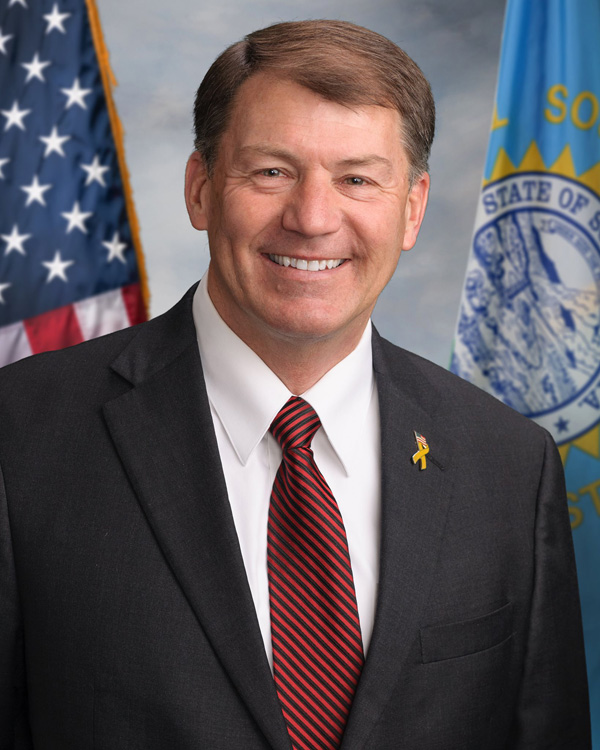

Into the Woods
By U.S. Sen. Mike Rounds (R-S.D.)
March 16, 2021
During the pandemic, everyone has been using the extra time at home to get caught up on Do It Yourself (DIY) projects. If you’ve been at your local hardware store lately, you’ve probably noticed that 2×4 boards which are normally $2.50 are now almost $7. But you may not have considered how this price increase is just a sign of a macro issue that has a significant impact on our state’s economy and environment.
When the pandemic first started, we immediately saw businesses close or offer limited capacity. The timber industry was not excluded from this fate. They had to figure out how to operate sawmills in a COVID-safe manner in accordance with Center for Disease Control and Prevention (CDC) guidelines. On top of that, 2020 was anticipated to be a tough year for the housing market according to several economic forecasts. In preparation, the timber industry adjusted for the anticipated lower demand by cutting shifts and lowering production.
Surprisingly, however, the demand for lumber did not decrease. In fact, it was quite the opposite. Housing—where everyone was spending exponentially more time—turned out to be one of the strongest sectors of the economy in 2020. Throughout the spring building season, demand continued to climb. Interest rates reached historic lows, which led to a soaring amount of new housing construction. Additionally, a lot of canceled vacations led to the same DIY trend all across America. In an unpredictable year, the lumber industry had unpredictable supply and demand. This set the stage for record-high prices.
A boom in demand could be very positive for South Dakota’s economy and environment. However, we’re dependent upon the federal government to respond to this increased demand and hopefully respond with an increase in the supply of lumber.
South Dakota’s Black Hills region houses a robust timber industry employing more than 1,400 hardworking South Dakotans with an economic impact of over $120 million per year. They make hundreds of products with virtually no waste – even the sawdust is swept off the floor and used to make wood stove pellets to heat homes – all while being responsible environmental stewards who work hard for a healthy forest.
Not to get too deep into the weeds (or should I say deep into the woods), the timber industry measures production in terms of CCF which is 100 cubic feet of lumber. The Black Hills private timber industry has the capacity to process about 240,000 CCF. This keeps the mills running near capacity, people employed and forest products on the shelves of our retailers.
In South Dakota, private timber mills procure their wood products from the Black Hills National Forest (BHNF). Industry experts say the BHNF can easily produce more than 200,000 CCF without any problems. In fact, in order to maintain a healthy forest, we must actively manage it with long-term conservation goals, including logging. However, since 2000, the BHNF has only averaged 186,000 CCF in timber sales.
Unfortunately, the U.S. Forest Service recently proposed reducing the BHNF timber sales program, when they should actually be increasing it. That’s why, earlier this month, I joined the South Dakota and Wyoming Congressional Delegation in sending a letter to Forest Service Chief Vicki Christiansen expressing our concerns about a recent recommendation to reduce the timber sales program at BHNF.
Historically, the BHNF is nationally recognized as an example of proactive forest management. This proactive management is good for the environment by reducing the impacts of infestation and wildfires. It is also good for our local economy supporting 1,400 jobs.
Let’s hope the U.S. Forest Service and the timber industry can work together to increases timber sales this season. South Dakota is uniquely positioned to be part of the solution to lowering our lumber costs.
# # #
